Apple's highly anticipated iOS 26 officially launched today, bringing what the company calls the biggest redesign since iOS 7. Millions of iPhone users can download it right now. The mood among developers, though, is mixed. The new Liquid Glass design has proved almost as controversial as that minimalist iOS 7 overhaul back in 2013. Compatibility extends to iPhone 11 and newer (plus iPhone SE 2nd and 3rd generation), so the update touches a huge crowd. The real question is: should you install it today?
Should you upgrade?
This hinges on your device and your appetite for change. Apple has made substantial changes to the look after beta testers complained about poor legibility, so the final release is more polished than the early previews. Apple changed the opacity of Liquid Glass throughout different betas, and the current version strikes a better balance between transparency and accessibility.
Apple Intelligence features (the full "AI suite") require iPhone 15 Pro / Pro Max or later for many headline features. For those with access to the full set of features, iOS 26 makes the iPhone more capable than before. The overhaul allowed Apple to rethink every part of iOS 26, including menus and options.
Using an older device? Consider waiting a bit to see how the community responds. The concerns are real, and there are tensions between stated goals and the reality of elements partially obscuring content.
If your iPhone is your primary work tool, or you rely on it for critical tasks, hold off for the first bug fix update or until there is more feedback from users on similar hardware.
Where do we go from here?
The launch of iOS 26 marks a clear inflection point in Apple's design philosophy. Apple has already confirmed they're working on iOS 27, and some reporting suggests Apple's first foldable iPhone may arrive in 2027. Bloomberg's Mark Gurman reports Apple plans to release many products in the coming months, so this design language will likely spread across the ecosystem.
Developers surfaced usability concerns early, and Apple found a balance of glass and frosted effects after trial and error during beta testing. That willingness to iterate matters.
This is not just new tech. It is a rethink of how we touch and see our phones. The key takeaway is that iOS 26 pushes hard on mobile interface design, even if the direction divides opinion. Whether it should have launched today may be the wrong question. The better one is: can Apple address the legitimate usability issues while keeping the visual spark that makes the update exciting?
In short, iOS 26 is both Apple's boldest design bet in years and its most divisive. The tug of war between visual ambition and everyday clarity rarely resolves overnight, but the debate will shape how we use our devices for years to come.




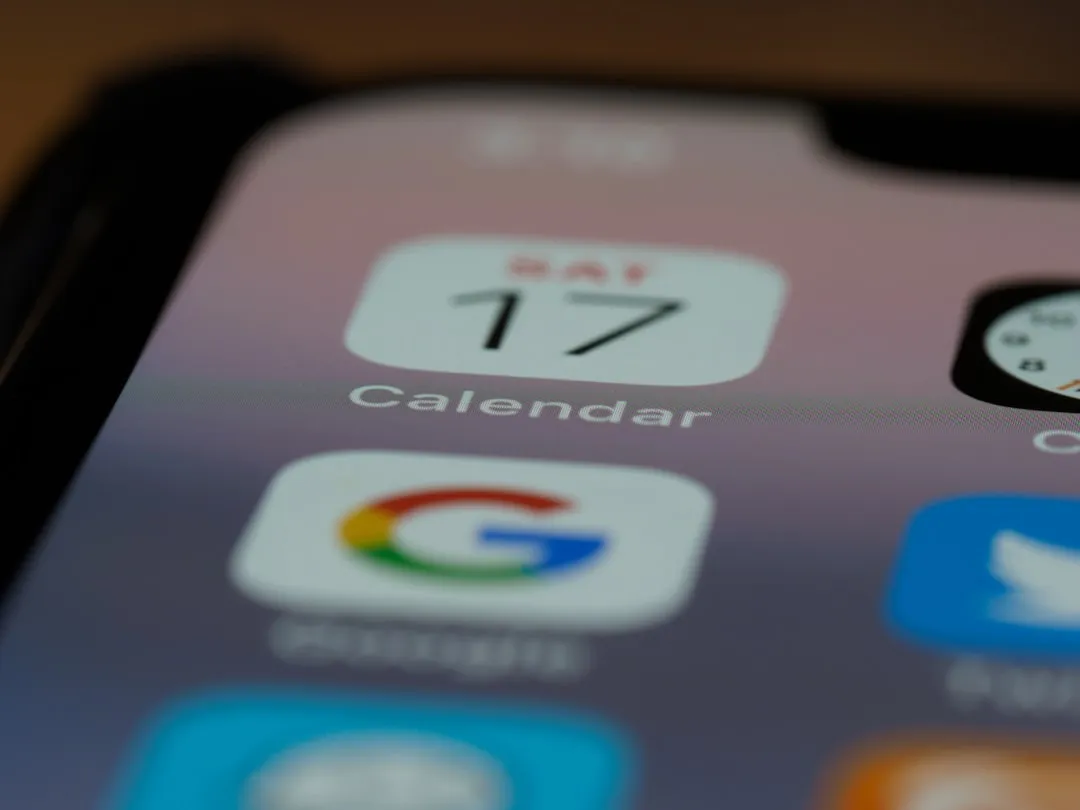
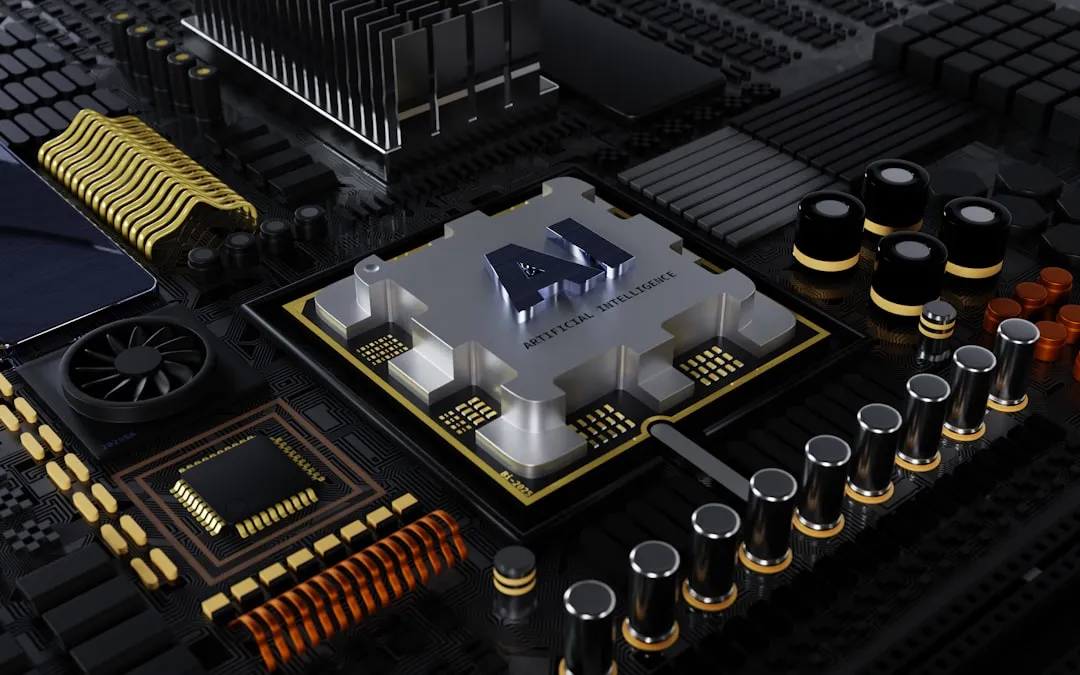
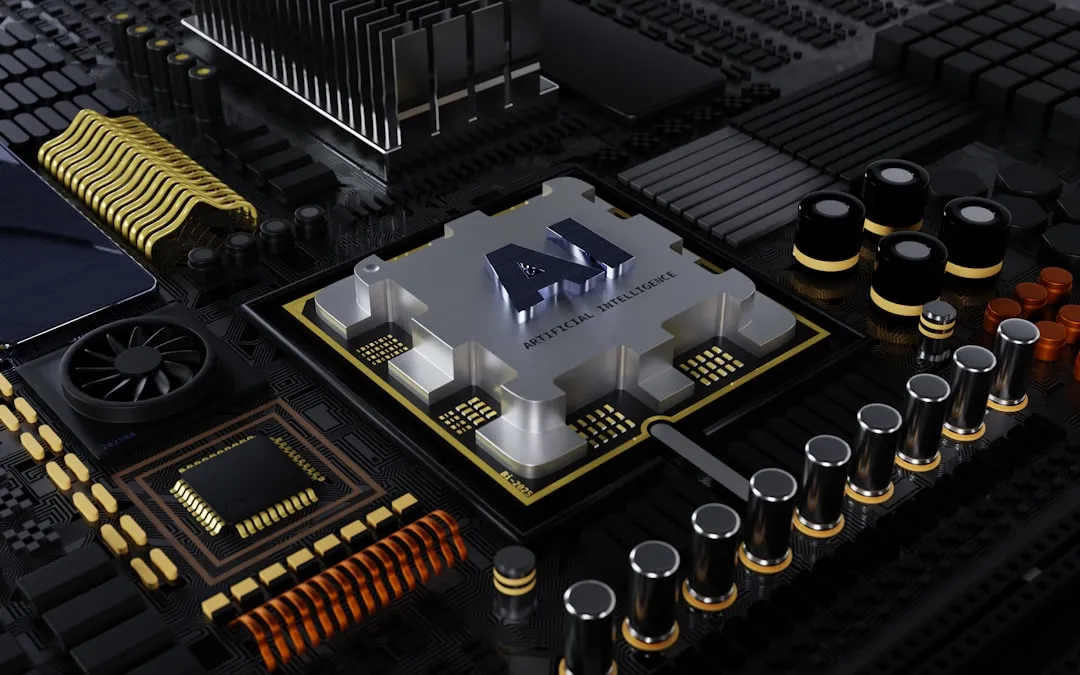
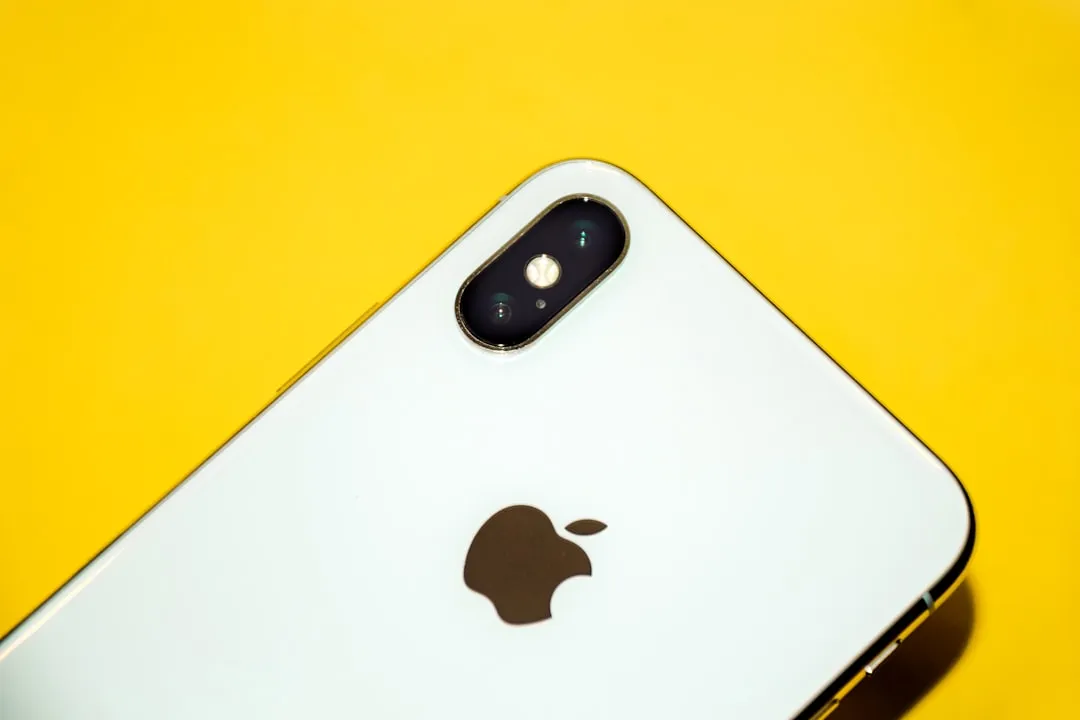

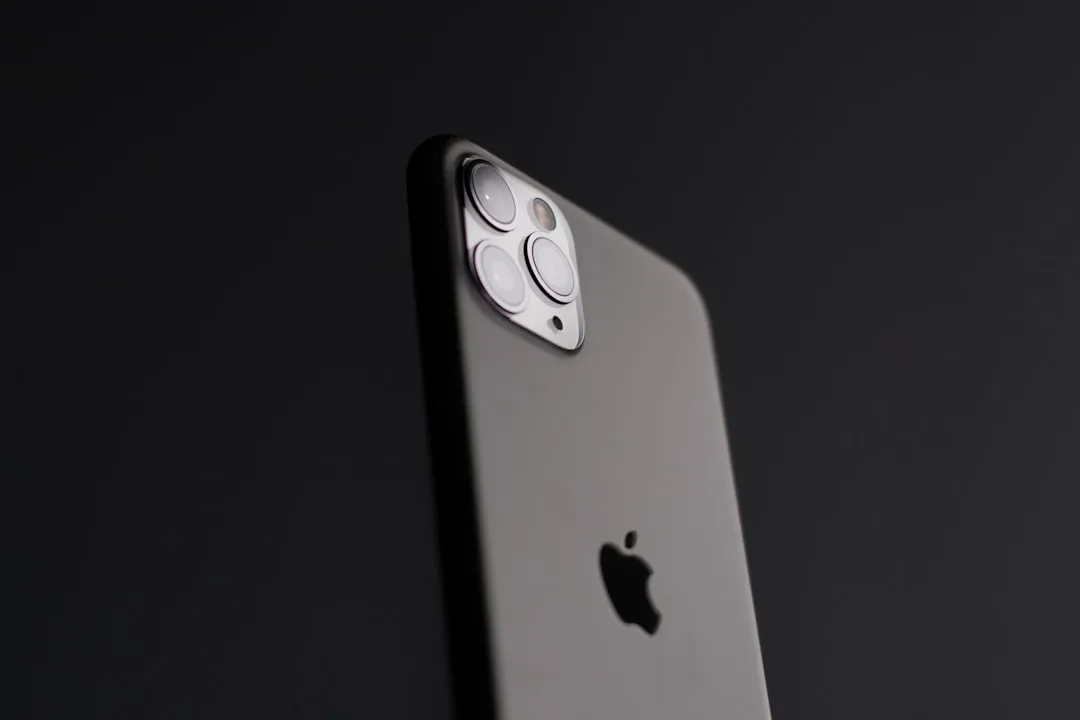


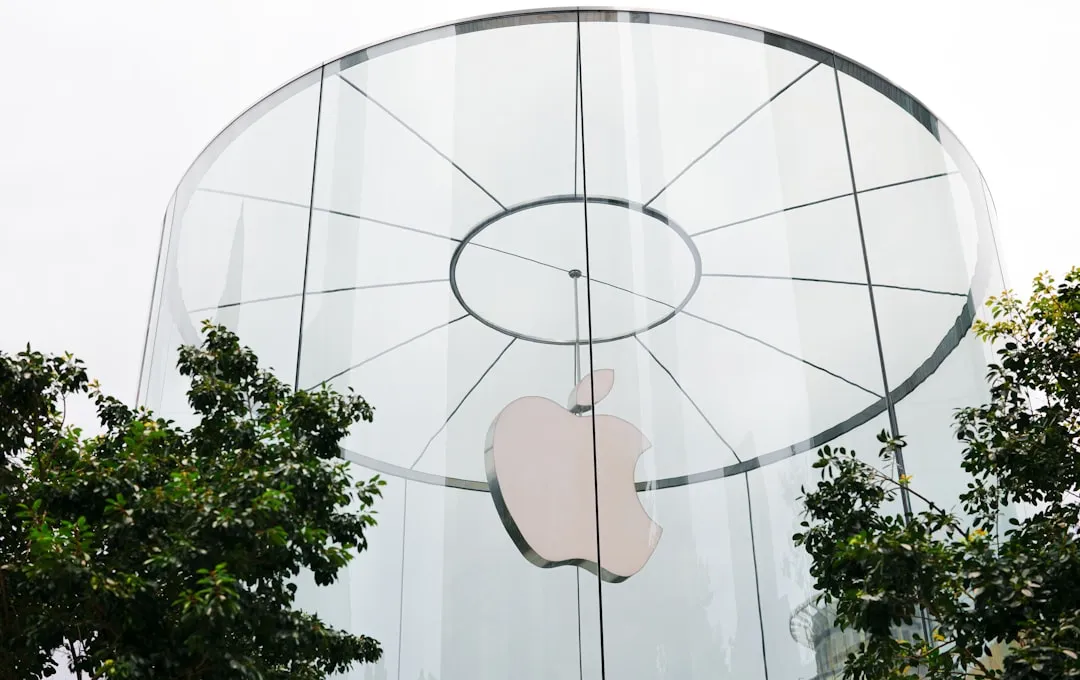
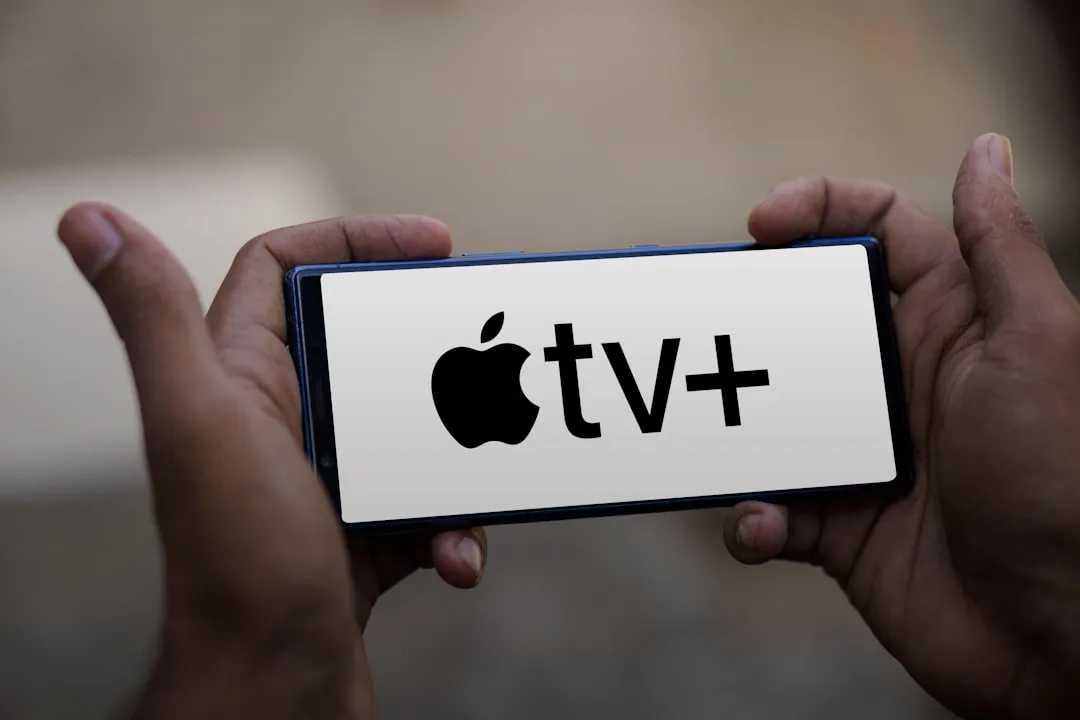
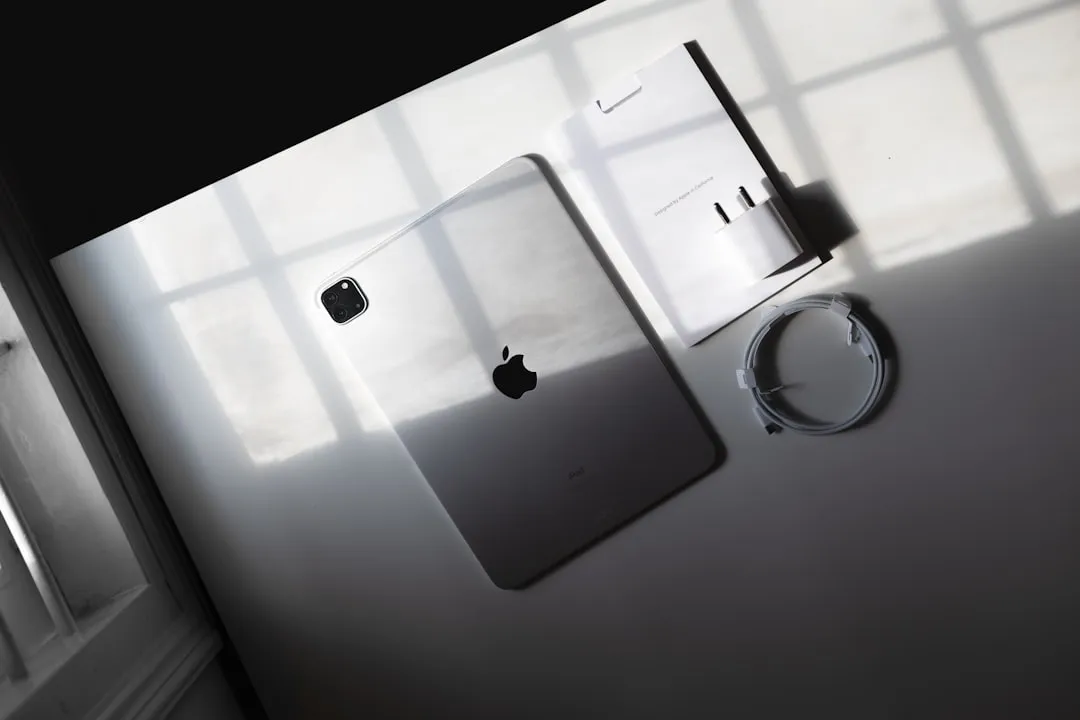
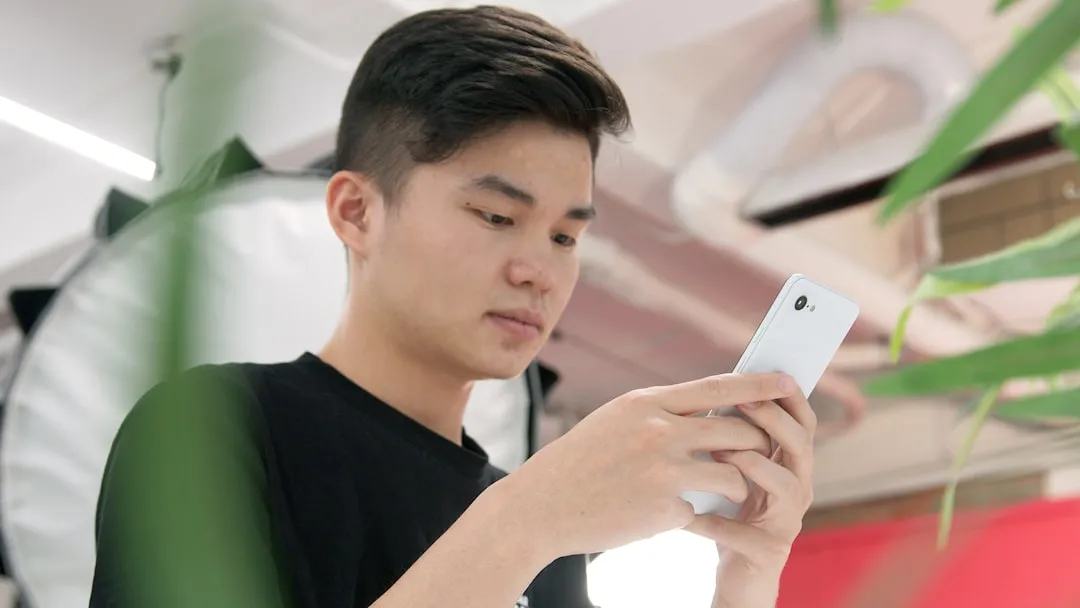
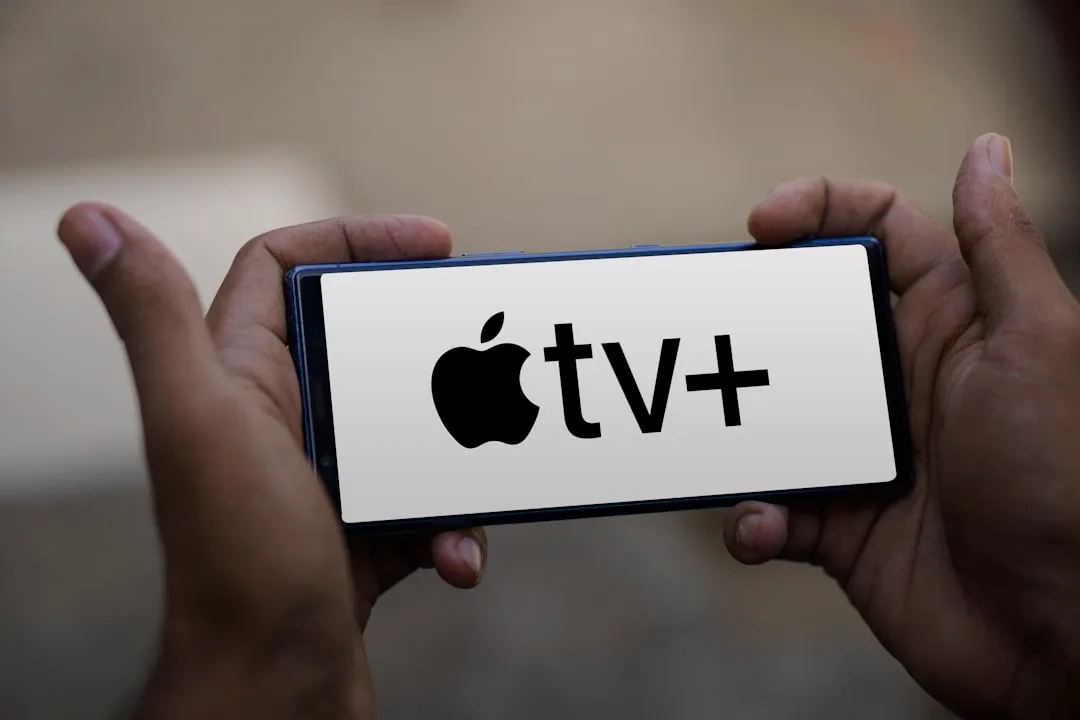

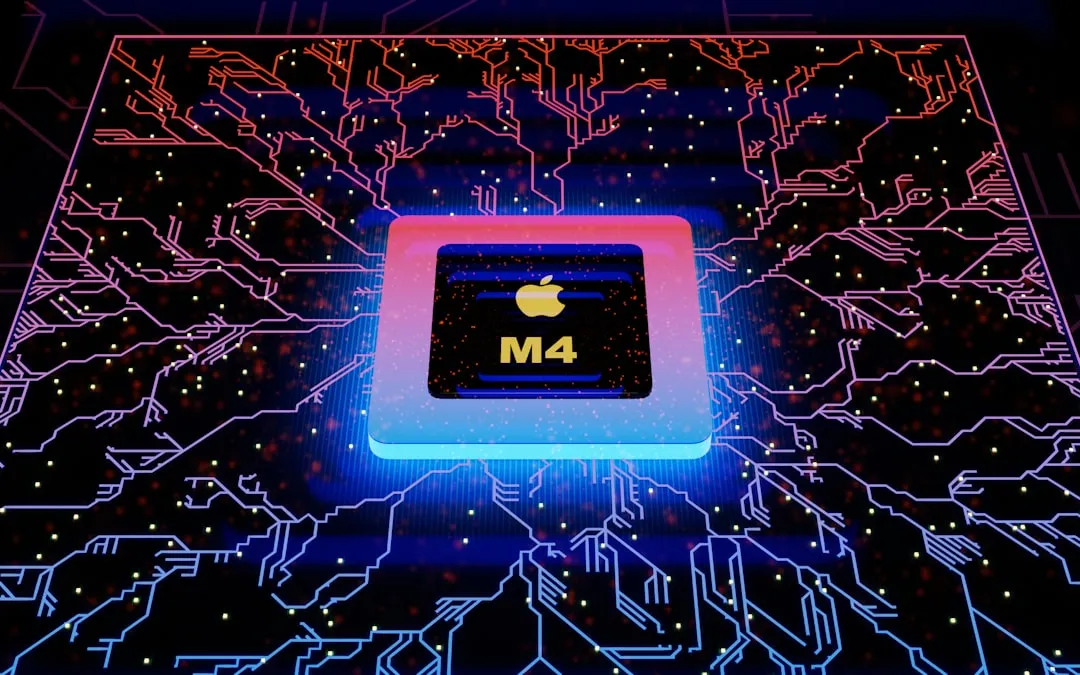
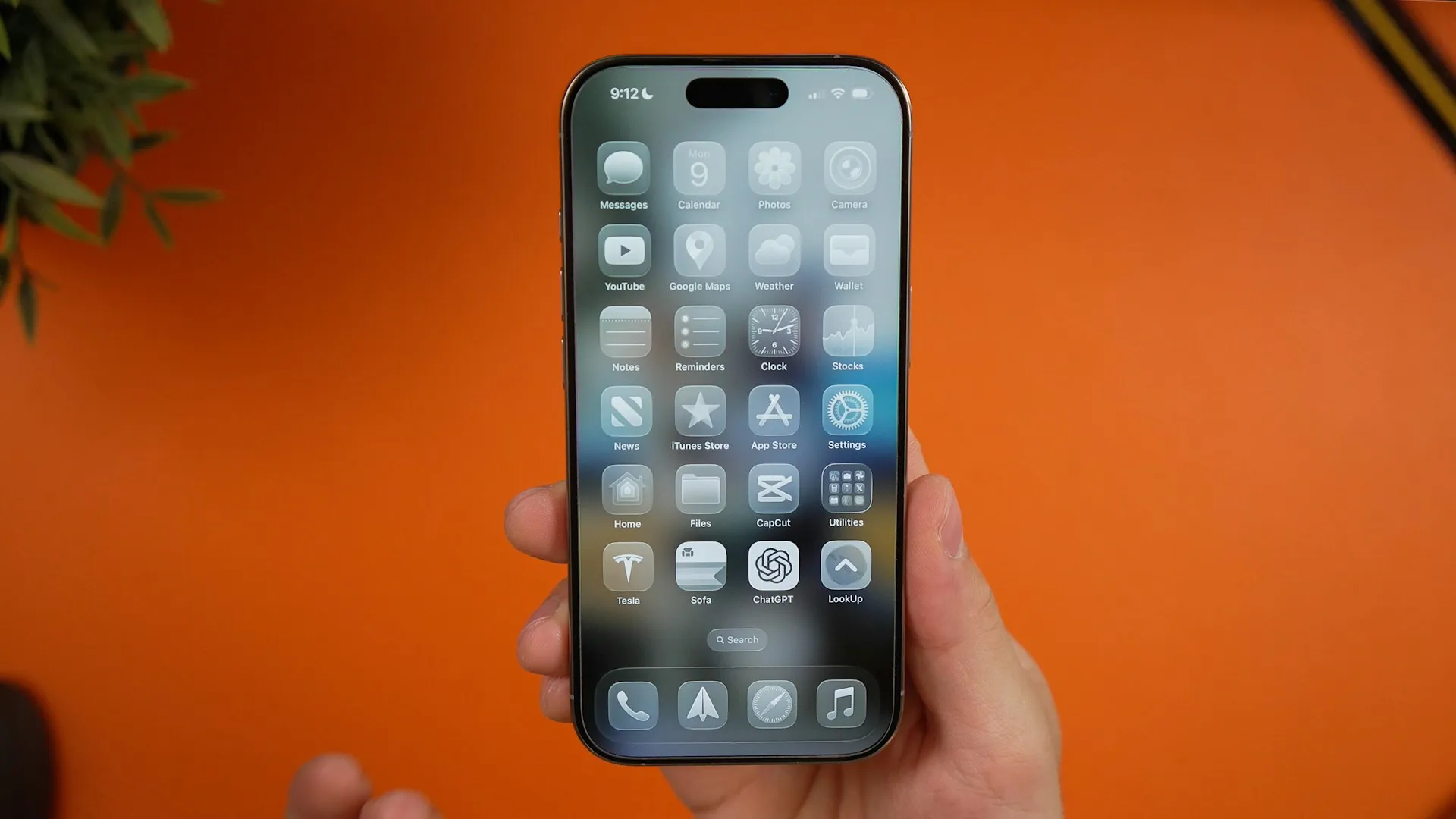

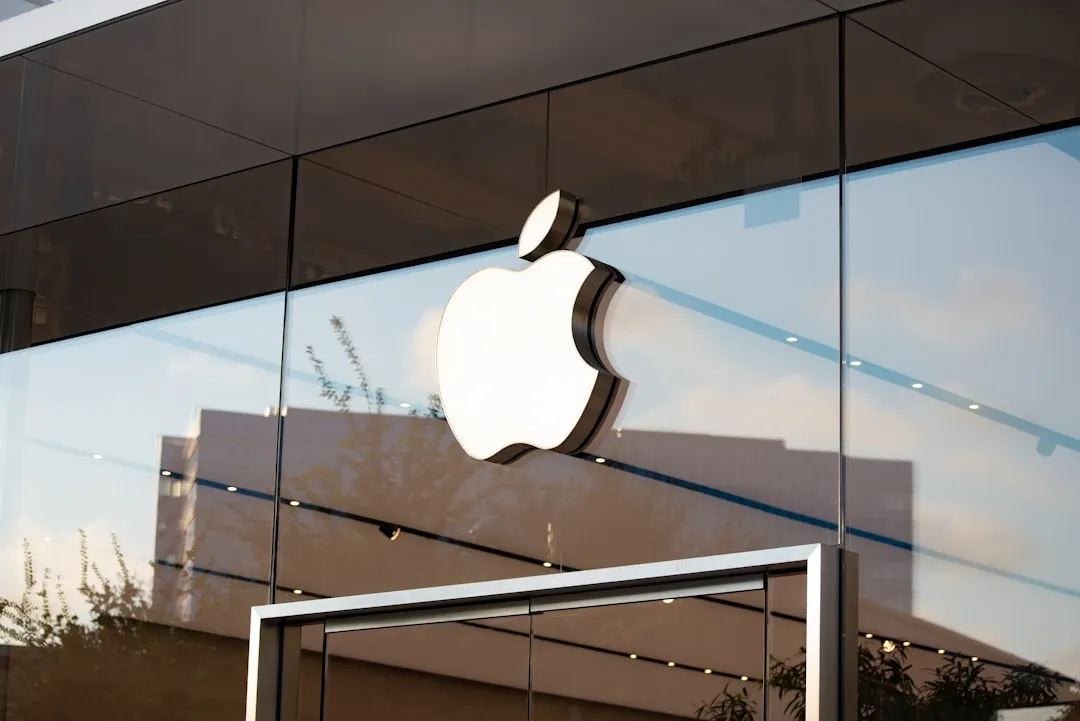



Comments
Be the first, drop a comment!